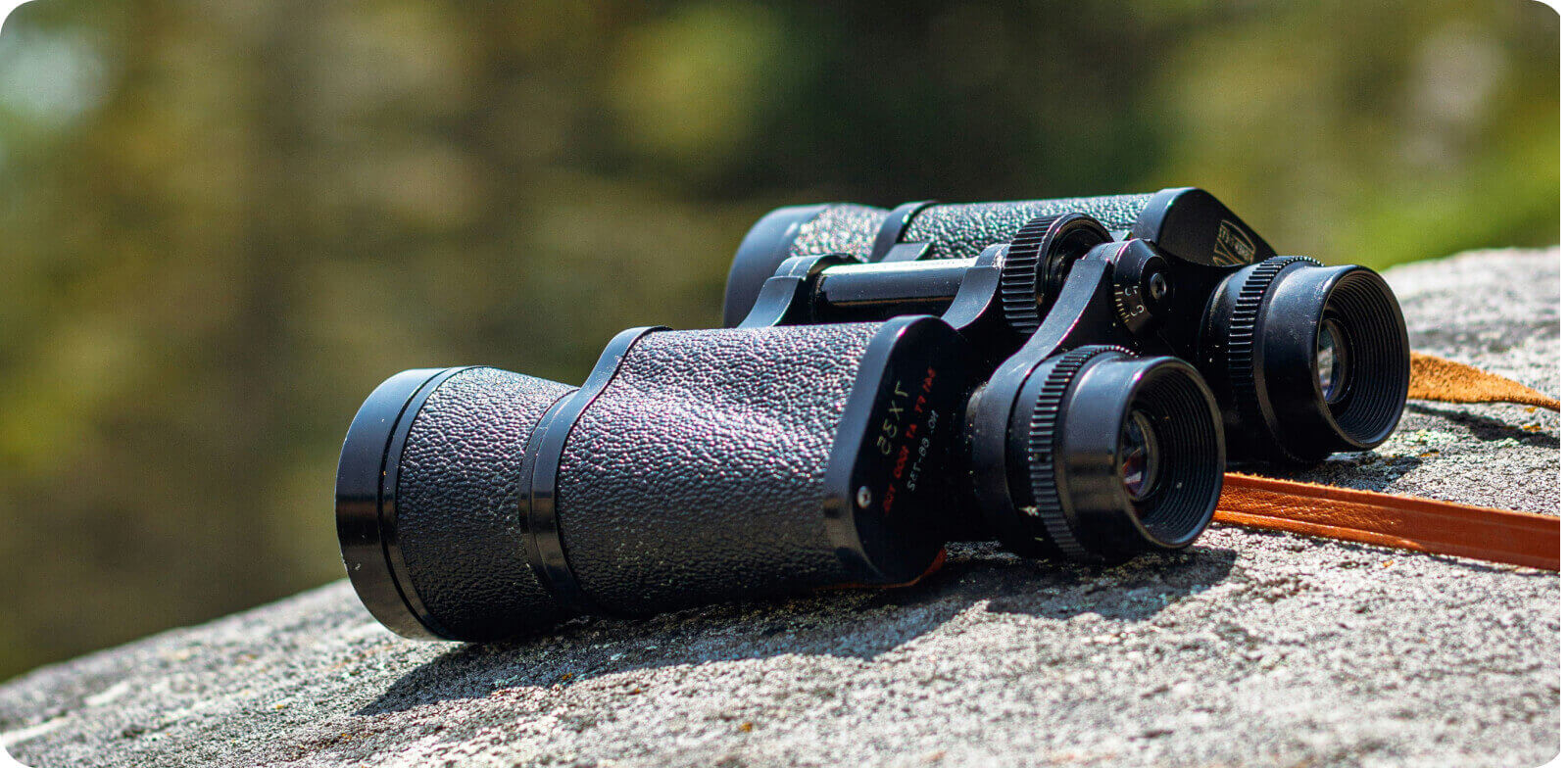For outdoor enthusiasts, hunters, and wildlife observers alike, 10×42 binocular rangefinders consistently stand out as the “sweet spot”—and for good reason. This configuration strikes a near-perfect balance between performance, versatility, and usability, making it a go-to choice for most users. Here’s a breakdown of why it works so well:
Key Breakthroughs
1. Magnification That Balances Detail and Stability
The 10x magnification hits a sweet spot of its own:
It delivers enough zoom to spot fine details at medium-to-long distances (think identifying game markings or bird plumage) without the over-sensitivity to hand shake that plagues higher magnifications (like 12x).
Compared to 8x models (which offer steadier views but less detail), 10x lets you see more without sacrificing usability. Most users can handle 10x easily—no tripod required—even during extended use.
2. Versatile Enough for Every Outdoor Activity
What makes 10×42 truly shine is its adaptability across scenarios:
Hunting: It lets you spot game from afar while keeping a wide enough field of view to track movement (critical for following prey through terrain).
Wildlife Observation: You can study animals in detail without getting close enough to spook them.
Outdoor Sports: Perfect for watching action on large fields (e.g., golf, soccer, or hiking trails).
Everyday Use: Works seamlessly for birdwatching, camping, or casual outdoor exploration.
3. A Field of View That Handles Dynamic Environments
While 8×42 models offer a wider field of view, 10×42 still provides enough scope to locate and follow moving targets. This is a game-changer in dynamic settings:
In forests, you can track a deer as it weaves through trees.
On open plains, you won’t lose sight of a flock of birds mid-flight.
It’s the ideal middle ground between “too narrow” (higher magnifications) and “too broad” (lower magnifications).
4. Low-Light Performance That Delivers When It Counts
The 42mm objective lens is key here:
It gathers ample light, ensuring bright, clear images even in dim conditions—dawn, dusk, or overcast days.
Paired with 10x magnification, this combo avoids the “dark, grainy” views that plague smaller lenses (e.g., 32mm) at higher zooms.
For hunters and wildlife observers (who often head out during low-light hours), this reliability is non-negotiable.
5. Portability That Doesn’t Compromise Performance
Unlike bulkier models (e.g., 10×50 or 12×50), 10×42 binocular rangefinders are compact and lightweight. This matters for anyone spending hours outdoors:
You can carry them in a backpack or around your neck without strain.
It’s the rare setup that doesn’t force you to choose between “good performance” and “easy to carry”—you get both.
At its core, the 10×42 configuration succeeds because it doesn’t excel at just one thing—it balances everything users need: magnification for detail, stability for usability, light gathering for low light, portability for comfort, and versatility for every activity. Whether you’re a beginner testing the waters or an experienced outdoorsperson, it’s a reliable, all-purpose tool that rarely disappoints. If you’re searching for a binocular rangefinder that does it all, 10×42 is the sweet spot to start.



